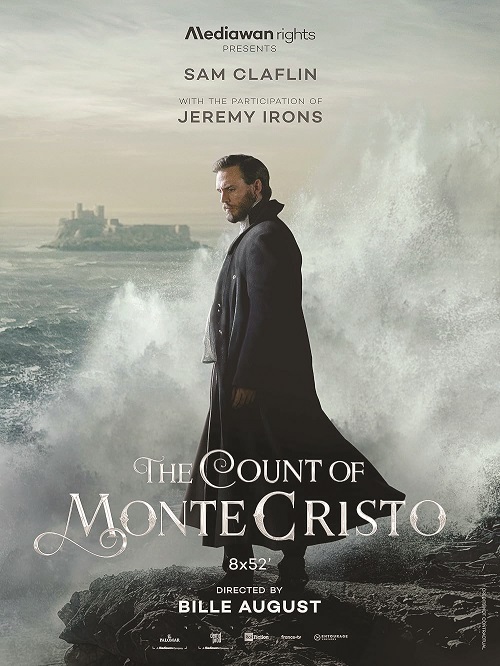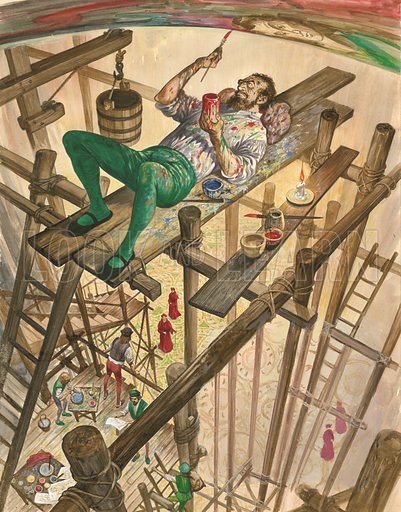Italian Cinema Searching for New Identity
TORONTO – In the past month, some of Italy’s screenwriters, producers and distributors formed panels at local festivals to discuss the potential areas for growth in their industry. What’s being cited as a recent model for success, with regards to “internationalizing Italian Cinema”, is the hit tv series The Count of Monte Cristo. The show, a French/Italian co-production was used to illustrate the need for Italian productions to embrace global appeal while continuing to seek out “new voices”.
Sure. But the sentiment usually outweighs the application. And what is the application? Does it mean that Italian storytelling is too insular and self-involved, or is it about tapping into international markets? Both are worthwhile discussions, but it’s not evidently clear that the right people are talking about it. As someone who writes, and often speaks to film buyers and sellers, I’ve noted one common trait among many film executives. The reluctance to read scripts.
These days at least, many industry professionals would rather create focus groups or hire gender and age-specific readers to run coverage on material – rather than spend two hours reading it themselves. It’s hard to believe that those making financial decisions for their film companies are genuinely looking for “new voices”, when they rarely make the effort to read or understand the material.
What’s worse, are the “diversity and inclusion” consultants imposed onto writers simply because of their gender, race and ethnicity. This isn’t just an American phenomenon. It’s global. Producers everywhere, including Italy, will bring in “script doctors” to make a film more “culturally appropriate”, politically correct and gender affirming. The artform is all but gone.
Or perhaps this is just the latest disconnect between Artist and Patron. Even Michelangelo had to endure inane criticism. Pope Julius II for example, insisted that his Sistine Chapel paintings “ought to have gold” because they “look poor”. To which Michelangelo replied: “The biblical figures depicted were poor too”.
A compromise was eventually struck between the two, mainly because Michelangelo wanted to get paid. But in today’s artistic landscape, the Patron’s call to “find new voices” usually coincides with an aggressive effort to slant storytelling through a political lens. That is, eliminate “new voices” which don’t align, while lifting others in the name of “equality”.
In my experience even if some people would disagree with the view, the Italian film industry might gain more from actually reading and respecting the material their homegrown screenwriters are producing. Being “International” shouldn’t mean having to invest in French and other made stories. It might also mean harvesting Italy’s vast history for story ideas and productions.
For a nation of people – Italians – who love to insist that Italy is “more than just Michelangelo, Da Vinci and pizza”, Italian Network Executives flaunting the success of a TV Series adapted from an historical French playwright…this tendency is not the best look.
“Italy, have more confidence in yourself”.
(Painting of Michelangelo by Peter Jackson, Poster of The Count of Monte Cristo courtesy of France Televisons & Rai)
Massimo Volpe is a filmmaker and freelance writer from Toronto: he writes reviews of Italian films/content on Netflix






